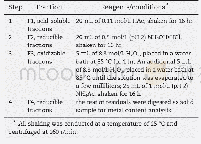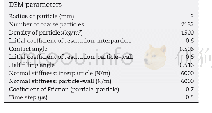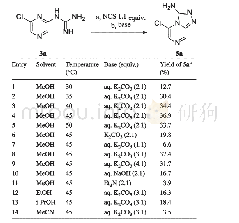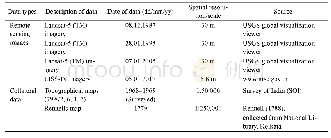《Table 2–Extraction conditions used for the fractionation process of BCR.》
 提示:宽带有限、当前游客访问压缩模式
提示:宽带有限、当前游客访问压缩模式
本系列图表出处文件名:随高清版一同展现
《Assessing the capacity of biochar to stabilize copper and lead in contaminated sediments using chemical and extraction methods》
Three different sediments were collected from an inner-city river(CR),a standby reservoir(SR),and an artificial lake(AC)either close to or in Beijing,China.The sediments were collected by a grab sampler,packed into plastic bags and sealed,then transported to the laboratory,and stored at 4°C The sediments were then amended with solutions of Cu(NO)2and Pb(NO)2to give medium-to-high concentrations of Cu(II)and Pb(II)(Gu and Hua,2006;Zhu and Wang,2012) .The sediment slurries were hand-stirred several times to homogenize and then incubated in the dark for 40 days.The total concentrations of Cu and Pb in the sediments before and after the Cu(NO)2and Pb(NO)2solutions were added are presented in Table 1.A palm sawdust-based gasification biochar(SBIO)details of which are reported in an earlier study,was selected as the metal stabilization agent(Supplementary Data).Briefly to prepare the biochar,the palm sawdust was air-dried and then pyrolyzed at approximately 550°C in a kiln in O2-limited conditions for 2 hr.
| 图表编号 | XD0052054400 严禁用于非法目的 |
|---|---|
| 绘制时间 | 2019.05.15 |
| 作者 | Mingming Wang、Liangsuo Ren、Dayang Wang、Zuansi Cai、Xuefeng Xia、Aizhong Ding |
| 绘制单位 | College of Water Sciences, Beijing Normal University、College of Water Sciences, Beijing Normal University、College of Water Sciences, Beijing Normal University、School of Engineering and the Built Environment, Edinburgh Napier University、College of Water Sc |
| 更多格式 | 高清、无水印(增值服务) |





